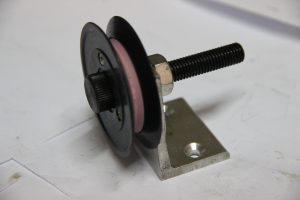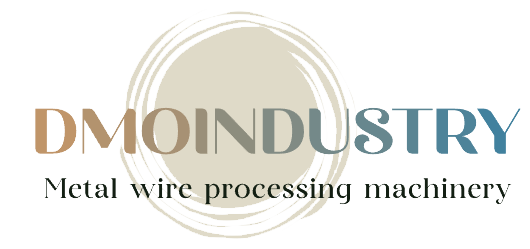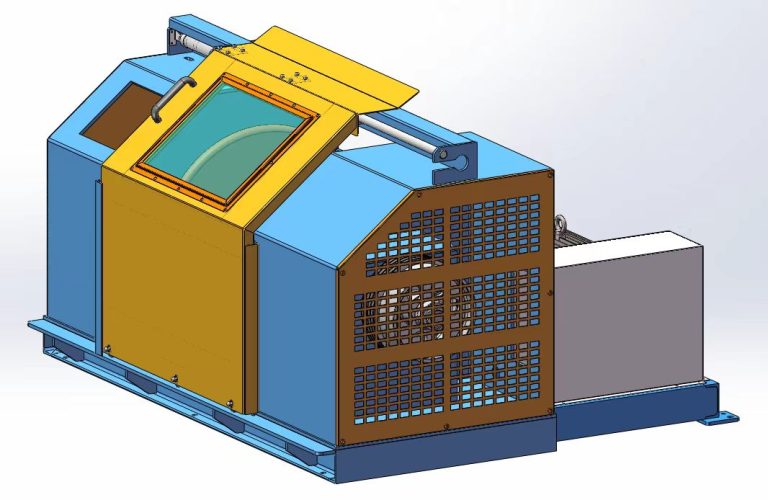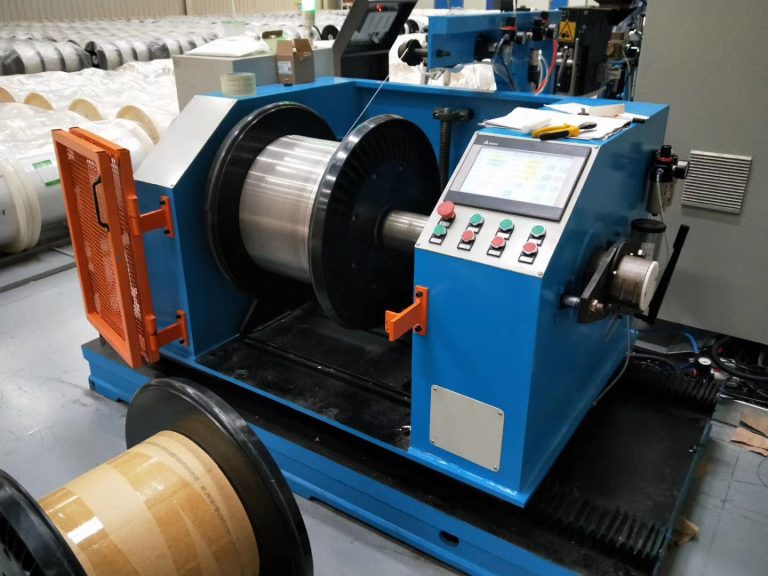Table of Contents
How to Properly Maintain and Troubleshoot Rolling ring drive Systems
Rolling ring traverse drive is a type of mechanical drive system that is commonly used in various industrial applications. These drives are known for their simplicity, reliability, and efficiency. However, like any mechanical system, Rolling Ring Drives require proper maintenance and occasional troubleshooting to ensure optimal performance and longevity.
One of the most important aspects of maintaining a rolling ring drive system is regular lubrication. Proper lubrication helps reduce friction and wear on the drive components, which can extend the life of the system. It is important to use the correct type of lubricant recommended by the manufacturer and to follow the recommended lubrication schedule. Over-lubrication can be just as harmful as under-lubrication, so it is essential to follow the manufacturer’s guidelines.
In addition to lubrication, it is important to regularly inspect the drive system for any signs of wear or damage. This includes checking for loose or worn belts, misaligned components, and any unusual noises or vibrations during operation. Any issues should be addressed promptly to prevent further damage to the drive system.
Another important aspect of maintaining a rolling ring drive system is proper tensioning of the belts. Belts that are too loose can slip or become misaligned, leading to decreased efficiency and increased wear on the drive components. On the other hand, belts that are too tight can put excessive strain on the components, leading to premature failure. It is important to follow the manufacturer’s guidelines for proper belt tensioning to ensure optimal performance.
When troubleshooting a rolling ring drive system, it is important to start by identifying the source of the problem. This may involve inspecting the drive components for wear or damage, checking the lubrication levels, and ensuring proper belt tension. If the issue is not immediately apparent, it may be necessary to consult the manufacturer’s documentation or seek assistance from a qualified technician.
Common issues that may arise with Rolling Ring Driver systems include belt slippage, misalignment, and excessive noise or vibration. Belt slippage can be caused by improper tensioning, worn belts, or misaligned components. Misalignment can also lead to belt slippage and increased wear on the drive components. Excessive noise or vibration may indicate worn bearings, misaligned components, or other issues that require attention.

In conclusion, proper maintenance and troubleshooting are essential for ensuring the optimal performance and longevity of rolling ring drive systems. Regular lubrication, inspection, and proper tensioning of the belts are key aspects of maintenance. When troubleshooting issues, it is important to identify the source of the problem and address it promptly to prevent further damage. By following these guidelines, you can keep your rolling ring drive system running smoothly and efficiently for years to come.
Advantages of Using Rolling Ring Drive in Industrial Applications
Rolling ring drives are a type of mechanical drive system that offers numerous advantages for industrial applications. These drives consist of a rolling ring that moves along a shaft, providing smooth and precise linear motion. In this article, we will explore the benefits of using rolling ring drives in industrial settings.
One of the key advantages of rolling ring drives is their high level of precision. These drives are capable of delivering extremely accurate linear motion, making them ideal for applications that require precise positioning. Whether it’s in a manufacturing plant or a laboratory setting, the accuracy of rolling ring drives can help improve the overall efficiency and quality of the process.
Another advantage of rolling ring Linear drives is their versatility. These drives can be easily customized to meet the specific requirements of a wide range of industrial applications. Whether you need a drive system that can handle heavy loads, operate at high speeds, or provide smooth and quiet motion, rolling ring drives can be tailored to suit your needs.

In addition to their precision and versatility, rolling ring drives are also known for their durability. These drives are designed to withstand the rigors of industrial environments, including exposure to dust, dirt, and other contaminants. This makes them a reliable choice for applications that require long-term performance and minimal maintenance.
Furthermore, rolling ring drives are known for their efficiency. These drives are designed to minimize energy consumption, making them a cost-effective option for industrial applications. By reducing energy waste and optimizing performance, rolling ring drives can help businesses save money on operating costs while also reducing their environmental impact.
One of the key advantages of rolling ring drives is their simplicity. These drives are easy to install and maintain, making them a convenient option for industrial applications. With minimal moving parts and straightforward operation, rolling ring drives can help streamline the production process and minimize downtime.
In conclusion, rolling ring drives offer a wide range of advantages for industrial applications. From their precision and versatility to their durability and efficiency, these drives are a reliable and cost-effective choice for a variety of industries. Whether you need a drive system for a manufacturing plant, a laboratory setting, or any other industrial application, rolling ring drives can provide the performance and reliability you need. Consider incorporating rolling ring drives into your industrial processes to experience the benefits firsthand.






